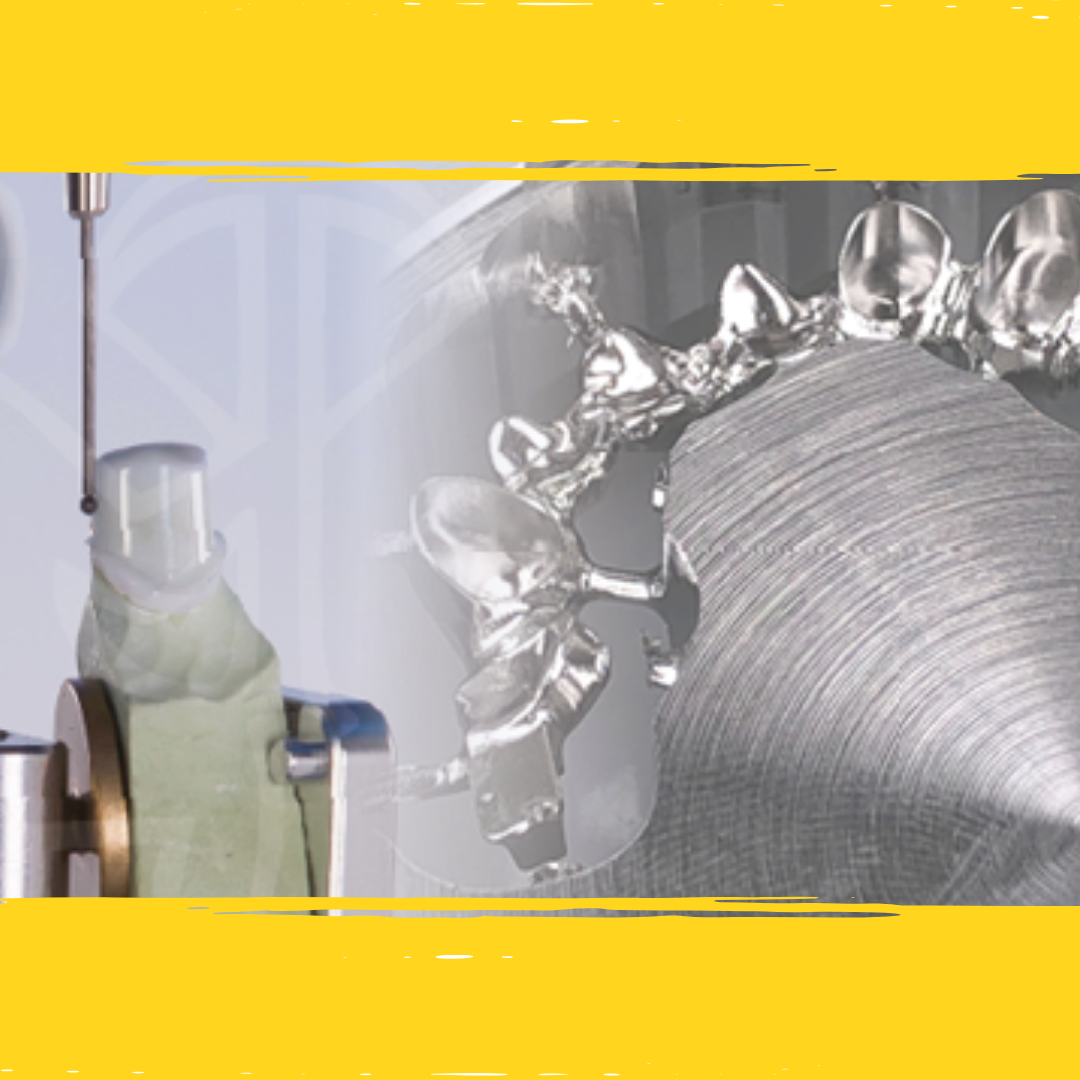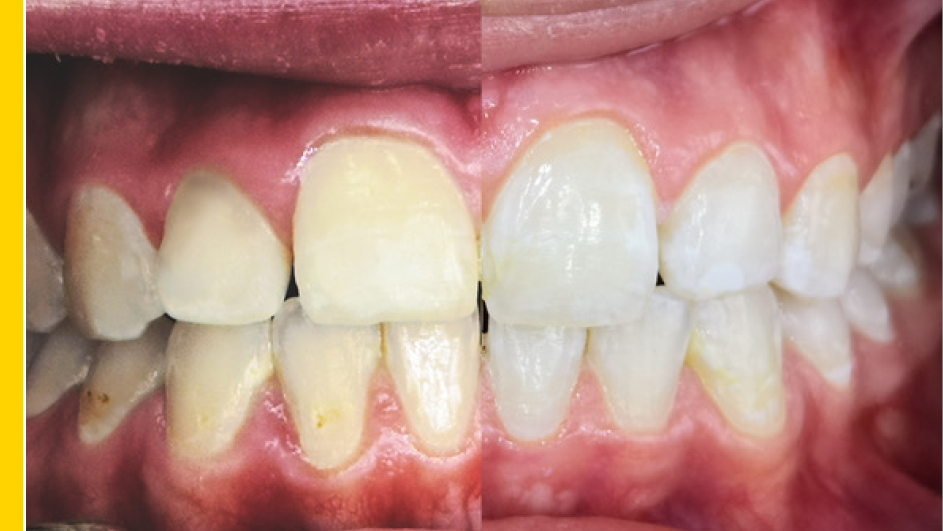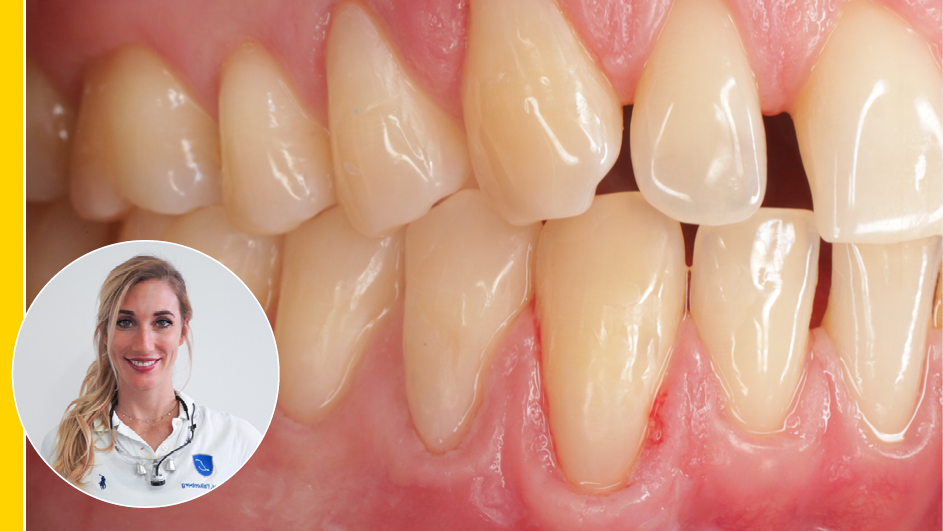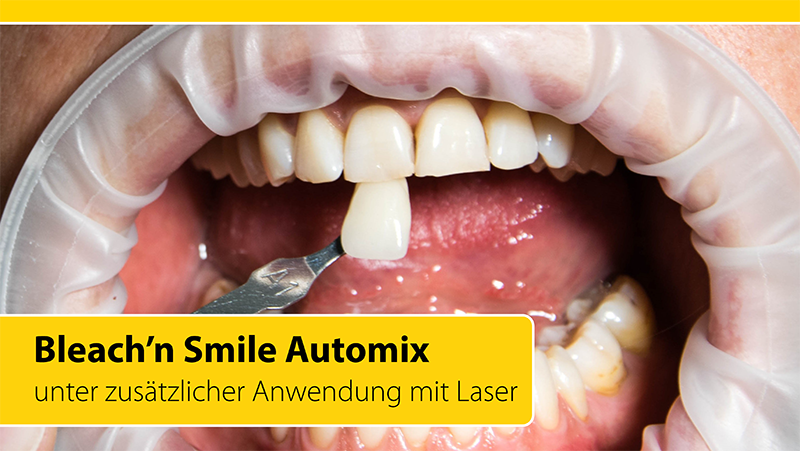Soft and Hard Tissue Management in Dental Implant Surgery

We are all aware that graduating from dental school with knowledge followed by years of experience is no longer a guarantee for success without continuing education. As the speed of information increases and artificial intelligence progresses all dentists will find it necessary to adapt to this new era by staying relevant with continuing postgraduate education or they will be left behind due to outdated knowledge and skills.
That's why we collaborated very closely with VESTA – The academy of postgraduate continuing education and expert in dental and medical courses and trainings – and organized the highly successful course "Soft and Hard Tissue Management in Dental Implant Surgery – Hands-On Course On Fresh Human Preparations (not embalmed)" on 5th and 6th October 2018 at Medipol University, Istanbul, Turkey.

70% hands-on dissection
70% of the seminar were hands-on dissection and 30% lectures about the techniques and live or video taped dissection/operation (displayed on screen), all step by step. In the first day of the course, the participants learned oral implant surgery techniques as described in topics, theoretically.
On the practice day, after a very short theoretical introduction of the surgical procedure by the lecturer, participants could watch the live surgery on the screen. They accompanied each detail in “real time”, simulating a close 1:1 reality on the “patient”. After the teaching and the instruction, participants performed the surgical training on the fresh skull, guided by Dr. Becen Demir, Dr. Zlatko Vrshkovski and Prof. Dr. Çağrı Delilbaşı., step by step.

What was special?
- There were only two doctors assigned to each human preparation, which made the hands-on course very special and unique.
- The skulls were not embalmed and had been frozen before use in the dissection room. (The skulls were washed and prepared before the course and handled in the most aesthetic way to make sure that the dignity of the donor was respected.)

Topics
1st Day (Theoretical lectures)
- Danger zones for an implantologist
- Dental implant planning & placing
- Surgical anatomy in the maxilla and mandible with respect to implantology
- Suture techniques
- Maxillary sinus elevation
2nd Day (Practice on fresh human preparations)
- Dissection of anatomical danger zones:
- Lingual + inf. alveolar + mental + infraorbicular nerve
- Palatine + facial + submental artery - Implant placement (on lower & upper jaw)
- Grafting & placing membrane
- Suture practices
- Maxillary sinus elevation techniques
- Epithelial-connective tissue graft harvesting techniques from the palate

The course was equally effective for advanced participants as for doctors in training
The advanced participants had the opportunity:
- to try procedures they want to do on a patient in the future.
- to detect how close one usually is to delicate anatomical structures.
- to see, touch and explore the different anatomical planes, fascia, muscles, nerves, arteries, veins, organs, etc.
- to be provided with an incomparable surgical learning experience.
- to see structural anomalies.
Even for doctors in training the course had several advantages:
- Anatomical and surgical step by step hands on dissection course to facial surgeons.
- Extensive knowledge was not a prerequisite.
- We taught them in a friendly & easy-to-learn environment.
- We knew their needs and how to meet them and could focus on pitfalls in facial surgery.




